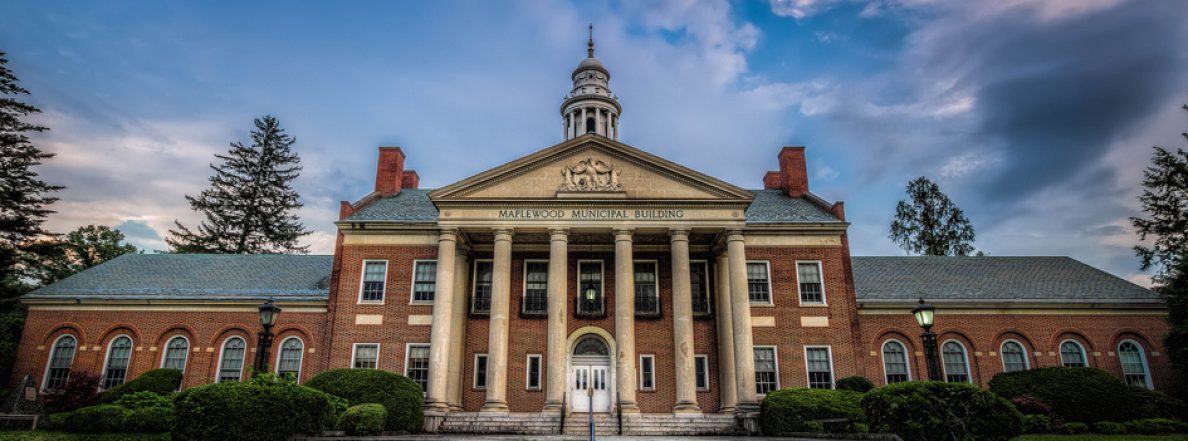The word “developer” is tossed about and most of us think that anyone that might invest in, and/or build, and/or own a project is a “developer”. In fact, most developers are focused on the development process only, that is the execution on one or more steps of a project before moving on to another. Some developers hold on to their projects and manage them long-term–most do not.
A pure-bred developer makes money through fees and appreciation of the asset s/he is working on while they own it. Often, their business case is based around a pipe-line of projects, and they rely on other people’s money to finance projects so that the projects can be done quickly. Each project will be heavily driven by these goals, and in particular, the returns that the other people demand in order to provide their funds.
The Station House is a good recent example. The developer prepared plans and had them approved; during this process they sought as large a building as possible. They reduced their costs by only buying the land (Town paid to remove building) and managing expenses. Once the project was complete, they qualified for low interest loans because they were near a transit facility. They also appealed their property taxes, and had the tax on the new building reduced 28%.
Less than three years after the building was completed the developer sold it for $20 million dollars in the Spring of 2015.
JMF Properties operates similarly. In 2014 they led a team that submitted an application for the re-development of the PSE&G site. They did this under an agreement-to-purchase with PSE&G. After the project was approved JMF bought the property from PSE&G and immediately (the same morning in May 2015) sold it to Avalon Bay. In this case the developer took the first few steps on the project, and then was rewarded with a substantial profit; the total profit on sale to Avalon Bay was about $11 million.
JMF shared the profit with five entities, one of which was the same entity that was recently added as an owner of the Village Post Office site–Gladstone, LLC. The sole partner in Gladstone, LLC is Steve Kalafer.
Taxes are of course a significant factor in all business decisions. In this case, Joe Forgione and Steve Kalafer bought the Post Office about 175 days after they had gotten the profits from the PSE&G site. Since they did that within 180 days, the Post Office purchase could be used to avoid taxes that were due on the profits of the PSE&G property flip.
There is nothing at all illegal in the steps described here. What makes this unique from the point of view the seller-in this case, the Maplewood tax payer–is that the interests of the buyer and seller are substantially at odds.
The underlying business model of the developer is a primary source of this difference. In the case of the Village Post Office site it is multiplied by the fact that the structure currently on this site is a Township asset, yet is of no value to the developer. Moreover, the use of the site is critically important to current residents and merchants, while the developer needs it to fit a tight mold that will facilitate its sale in a small number of years.
∫ ∫ ∫
[Thanks for reading. The numerical examples on these pages are based on rules of thumb widely accepted by the commercial real estate market and have been reviewed by a licensed broker. Names have been removed to protect the writer.]
